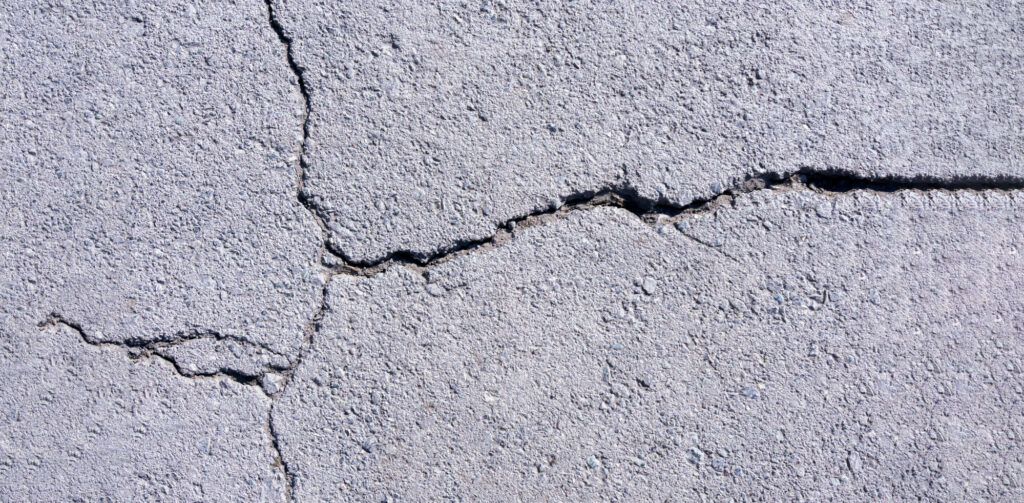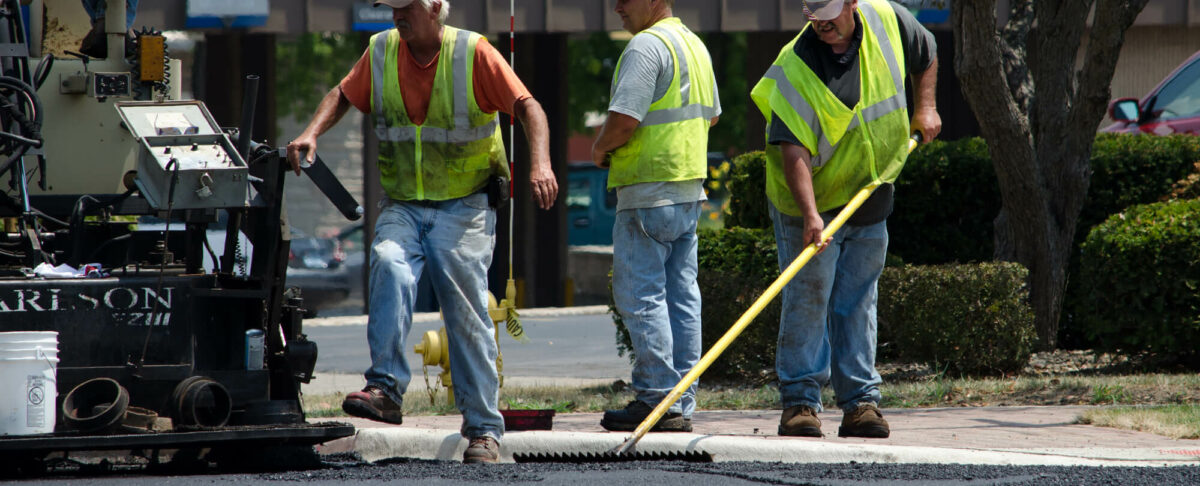If you aren’t familiar with infrared asphalt repair, it is a remarkable way to correct a wide range of problems, including asphalt that a contractor improperly installed. It can seem simple and straightforward, but it is also an unexpectedly complex process. Here are some things you should know about how the infrared asphalt repair process works.
What Exactly Is Infrared Asphalt Repair?
Infrared asphalt repair is a type of asphalt repair that uses radiation or heat applied to the broken asphalt to help improve the appearance of the asphalt. After that, new or recycled asphalt is heated and bonded to the entire area. The heating process can be challenging, as each layer of newly placed asphalt needs to be warmed individually and removed before the layers beneath it can be ignited and removed. The infrared asphalt repair team should determine the structure and composition of the asphalt being taken away, as every mix contains different properties and can heat faster or slower. For example, older asphalt takes longer to heat and repair than newer asphalt. There are several things a home or business owner should know about infrared asphalt repair, such as:
Patching With Infrared Is Cost-Effective
The infrared asphalt repair uses a heater that warms the asphalt to 325 degrees, and then old, damaged asphalt is skillfully removed. This allows for a continuous repair process that requires fewer raw materials. As a result, it is a much less expensive option than the traditional route for asphalt repairs.
Sealcoating Is Not the Same as Infrared Patching
Some home and business owners think they want sealcoating when they need infrared asphalt repair, and there are a few monumental differences to note between the two. Sealcoating adds a fresh layer to a driveway or parking lot. It should be performed every few years for maintenance. At the same time, infrared asphalt patching uses heated, mixed asphalt to complete localized cracked or damaged blacktop surfaces.
Different Elements Affect Infrared Repair
The air temperature and the width of asphalt have a significant effect on how long it takes for repairs to be concluded. Many minor repairs need a heating time of around 5 to 10 minutes.
There Is Not Infrared Repair During Bad Weather
While the cold and heat are not usually a problem, both sealcoating and infrared patching should not be completed during rain, hail, and snow. Water can evaporate during the heating process, and it could result in more than the original damage. If not patched correctly, a paving contractor may have to come in later and replace a more extensive section of the driveway or parking lot.
Infrared Repair Is Long-Lasting
As there are no seams to deal with, water has less chance to get between the repaired area and the original asphalt surface. That adds up to minor damage later on from water and ice.
The Infrared Asphalt Repair Process
Another essential step in the process is patch prep. Once the old asphalt has been removed and stripped away, the asphalt edges will be straightened and tapered. The tapered edge helps create a strong bond between the old asphalt that stays and the newly added material. After that, new asphalt is added to the area and amalgamated with any remaining material. Infrared asphalt repair can also include a subgrade repair not to have the same issue again.
Questions You Should Ask
There are pros and cons to infrared asphalt repair. Here are questions you should be asking about the process.
Is Your Asphalt Past Its Prime?
Asphalt can easily last 20-25 years with proper maintenance. Although, many people are busy with their everyday lives, and they don’t always remember to do the standard maintenance. Read more from our guide on sealcoating your driveway.
If your pavement is aging, it will begin to show signs of severe damage. It will lose the sheen and luster it had when it was freshly installed. As the pavement gets older, water and other foreign components take their toll on the surface of the blacktop. The result is that the surface is beyond the point of repair, and you will need a paving professional.

What Is the Scope of the Damage?
The next factor you must consider is whether you need to replace or repair your asphalt when looking at the damage.
Constantly changing weather conditions and the familiar Midwest freeze and thaw cycles generate weaknesses in the surface of the asphalt. As a rule, opt for repairs when the damage is less than 30% of the surface area. Otherwise, replacing the asphalt is your best bet.
Patching and sealing may extend the life of the blacktop until you choose to replace it. But, most commonly, replacing the pavement works excellent if there are alligator cracks and widespread potholes. Choosing repairs when the pavement needs replacement will never work in the long run. It will just add costs in asphalt maintenance.
Your Expert In Asphalt Repair
Damage to your blacktop can quickly become a headache for a home or business owner if it wasn’t adequately maintained for the weather or years. Keep on top of regular asphalt maintenance and complete repairs as soon as they occur with infrared asphalt repair. If you need asphalt repairs, contact an experienced asphalt repair company like Richfield Blacktop today.





